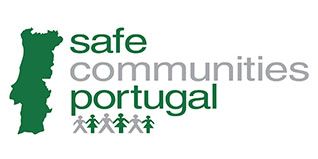Greece, Mati wild fire Trial: Prosecutor’s Verdict Expected in Deadly 2018 Tragedy
One of the world’s deadliest fires in which 104 people died
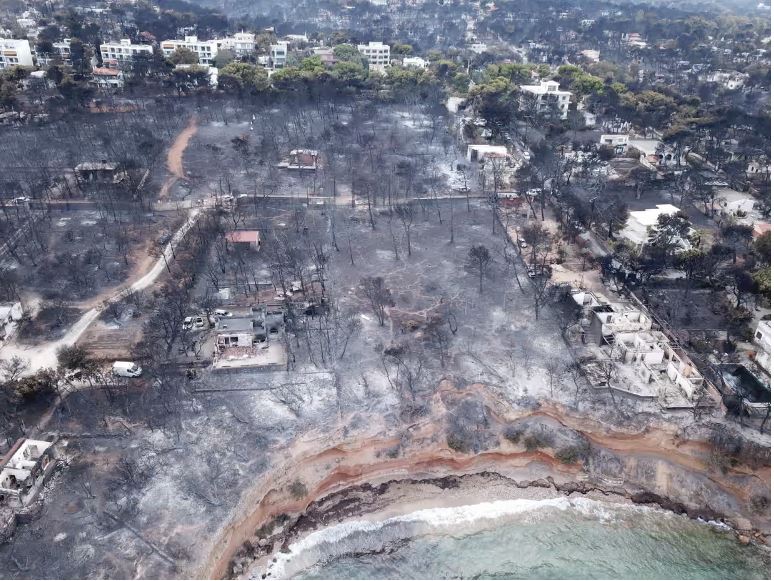
In a significant development in the trial over the devastating 2018 Mati wildfire, which claimed 104 lives and left dozens injured, the prosecutor of the Athens Three-Member Appeals Court for Misdemeanours, Stamantina Perimeni, has recommended guilty verdicts for 12 of the 21 defendants.
A prosecutor has recommended the conviction of 12 officials, including former regional and municipal leaders, for their role in the 2018 Mati wildfire that killed 104 people and severely injured 57.
The case, now being retried after an appeal overturned the initial ruling, expands accountability to political figures previously acquitted.
Prosecutor Stamatina Perimeni identified negligence by former Attica governor Rena Dourou, ex-Rafina mayor Evangelos Bournous, and former civil protection secretary Ioannis Kapakis.
The prosecutor reaffirmed the guilt of six officials previously convicted, including former fire chief Sotiris Terzoudis, while recommending the acquittal of nine others, including ex-Marathon mayor Ilias Psinakis, due to insufficient evidence of direct responsibility.
Defence and prosecution attorneys will present their closing arguments next week.
A verdict could be issued by late April, determining whether justice will be served for one of Greece’s deadliest wildfires.
The first-instance court previously convicted only six of the 21 defendants, imposing sentences of up to five years, which were later converted into fines. The decision led to widespread criticism and a full appeal of the ruling.
The event.
The fire, which broke out on July 23, 2018, turned into a catastrophic blaze that overwhelmed emergency responders and residents alike. It started in Penteli and rapidly spread through Eastern Attica, resulted in 104 deaths and left over 200 injured, marking it as the second deadliest wildfire in the world.
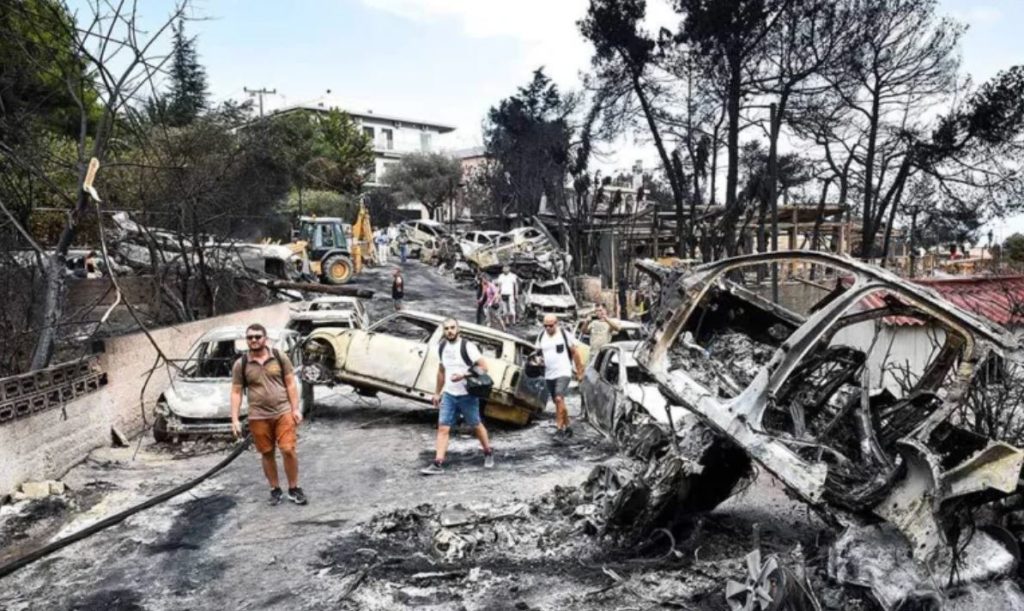
As the flames engulfed homes and roads, many victims perished in the inferno, while others drowned attempting to escape by sea. The trial has centred on whether authorities took appropriate preventive and operational measures or if negligence contributed to the scale of the disaster.
A series of wildfires in Greece, during the 2018 European heat wave, began in the coastal areas of Attica in July 2018. 104 people were confirmed dead from the Mati fires. The fires were, at that time, the second-deadliest wildfire event in the 21st century, after the 2009 Black Saturday bushfires in Australia that killed 173. Over 700 residents were evacuated or rescued, mainly from the seaside settlements located north of the port town of Rafina, namely Kokkino Limanaki and Mati, where rescuers found 26 corpses trapped just meters away from the sea, apparently hugging each other as they died.
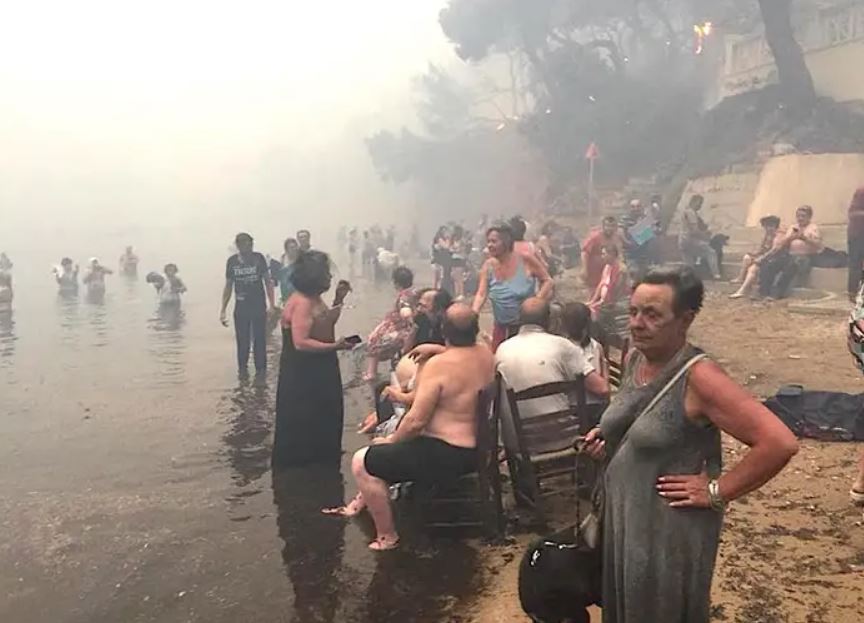
The flames were so intense that they trapped and burned people inside their houses, cars, or a few meters away from the beach
Boats also recovered corpses from the water, and rescued hundreds of people from beaches and the sea. Two people drowned when the boat rescuing them from a hotel in Mati capsized. Μore than 4,000 residents were affected by the wildfires.
Thousands of vehicles and 40,000 pine and olive trees were burned; the fire destroyed Mati and nearby Kokkino Limanaki. About 400 people waded deep into the sea and waited hours to be rescued. Temperatures reached 800 °C, fanned by gale-force winds.
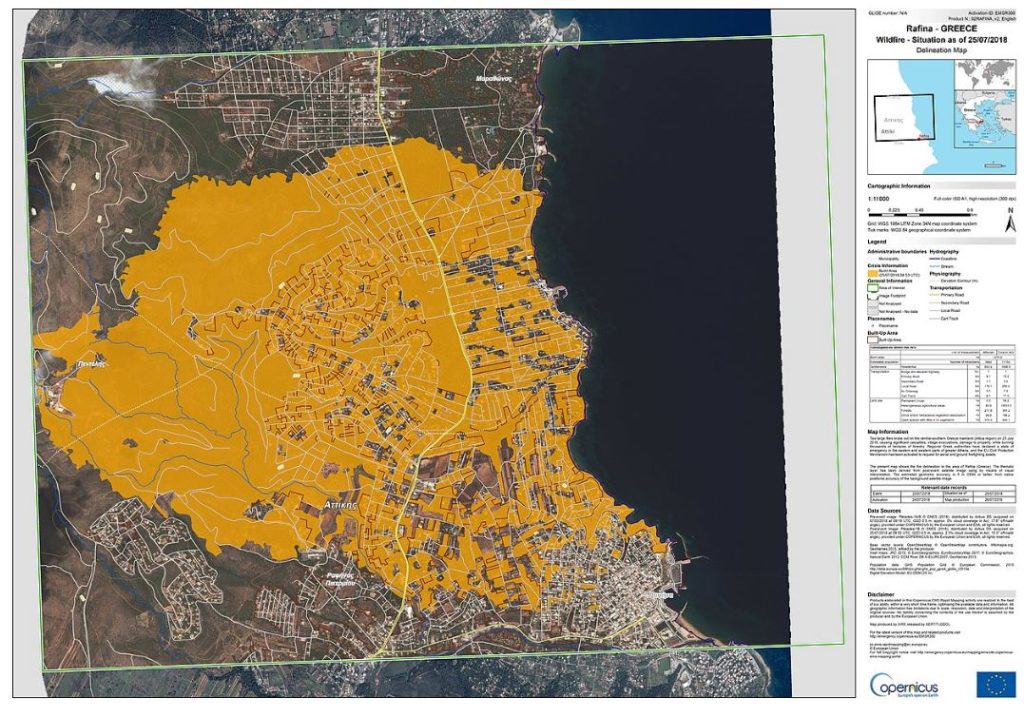
Access to beaches was difficult due to the steep slopes covering much of the coastline; the seaside was also thickly settled; long stretches of buildings were stacked against each other with only a few narrow routes between them to access the waterside. Those who reached the beaches were forced into the water by the suffocating smoke. While some were rescued by nearby fishing boats, others drowned. Heavy traffic on the roads into Mati delayed firefighters attempting to reach the area. News reports from the days following the wildfire noted that the air fleet struggled to contain the blaze due to strong winds.
When the flames were finally controlled, the vast majority of buildings in Rafina and Mati were damaged. The fire had ravaged over 4000 homes, leaving hundreds of locals to take shelter in vacant hotels, a summer camp and a nearby army centre.
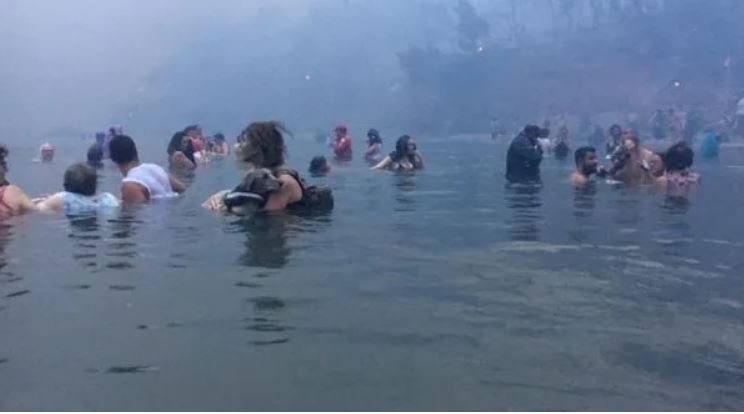
In March 2019 a report was produced detailing many mistakes made by the authorities: mismanagement by police and fire services, and a lack of coordination between rescue agencies, had caused “chaos and a collapse of the system… criminal mistakes and omissions”
In April 2024, a court convicted and sentenced five former firefighting and disaster response officials were convicted and sentenced to between 15 and 111 years’ imprisonment for multiple counts of criminal negligence resulting in injury and death from the fires. However, the court also allowed the sentences to be served concurrently and set the maximum amount of servable time to five years, and also allowed the defendants to pay a fine in lieu of actual imprisonment before being released.

